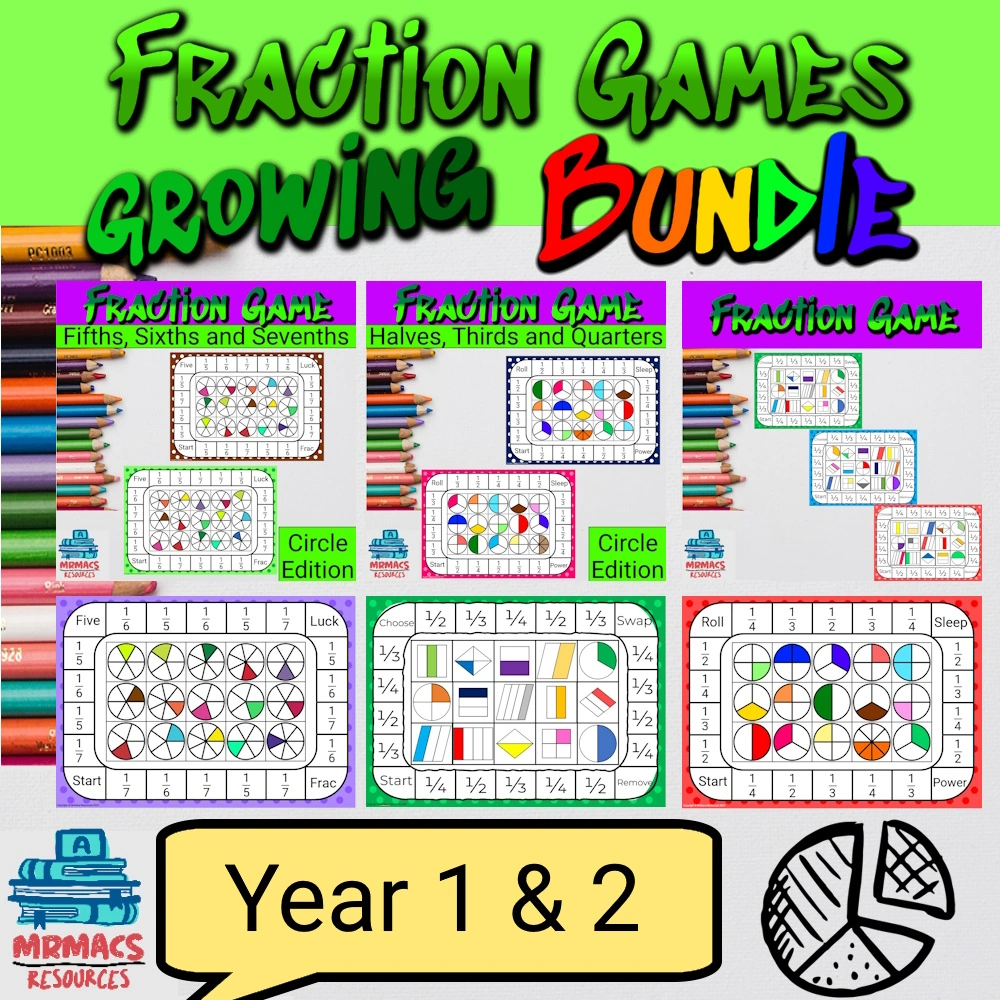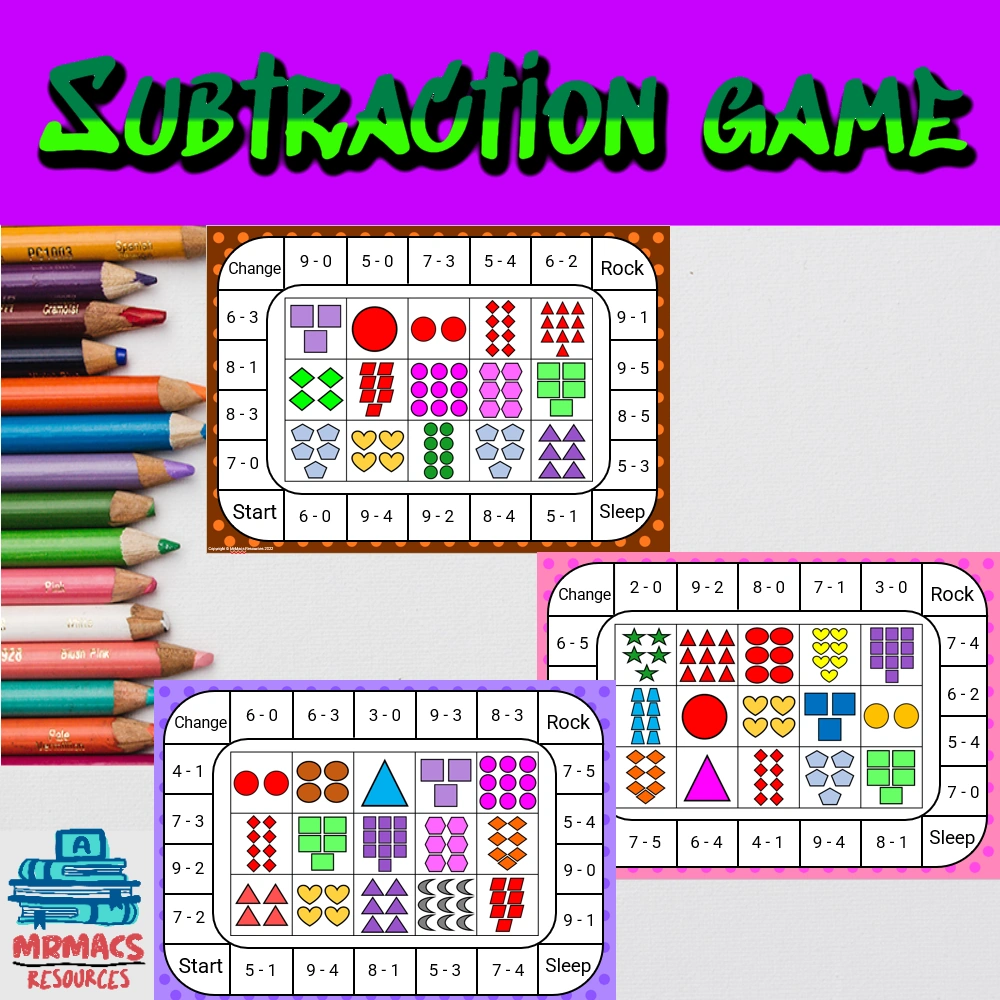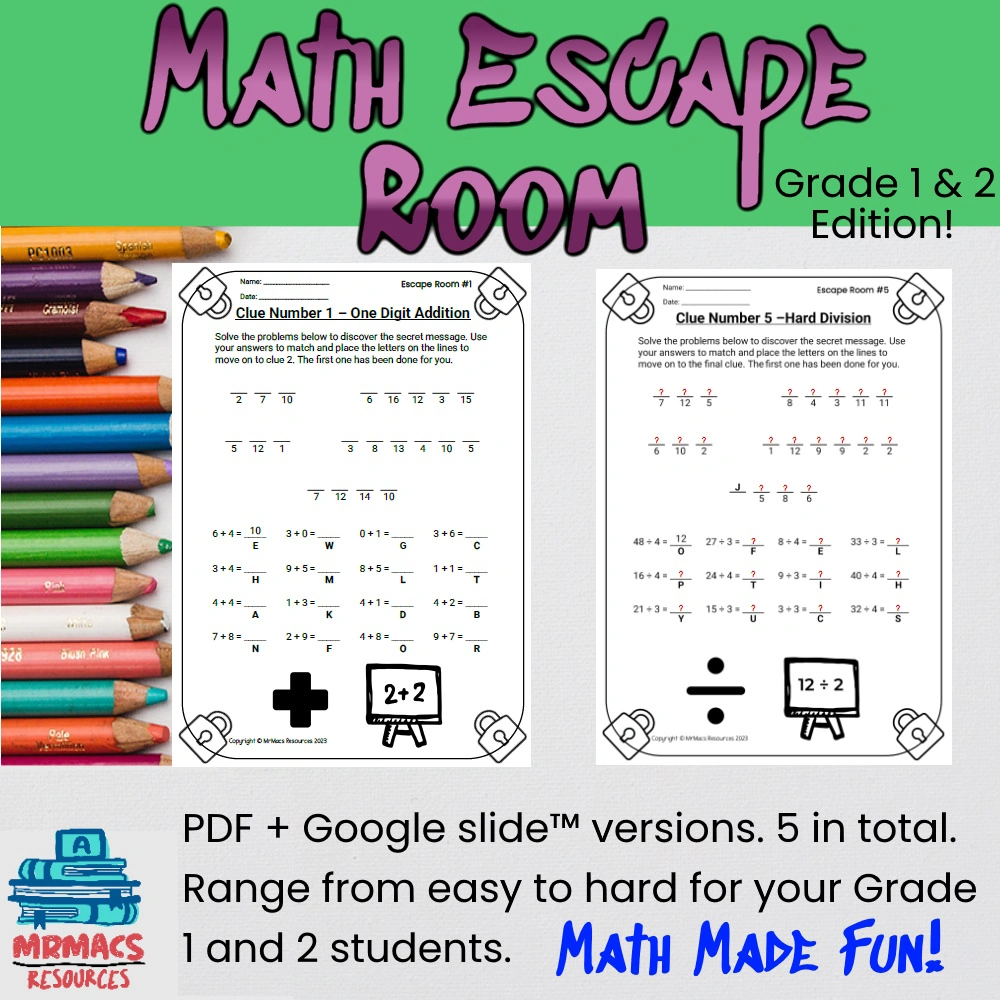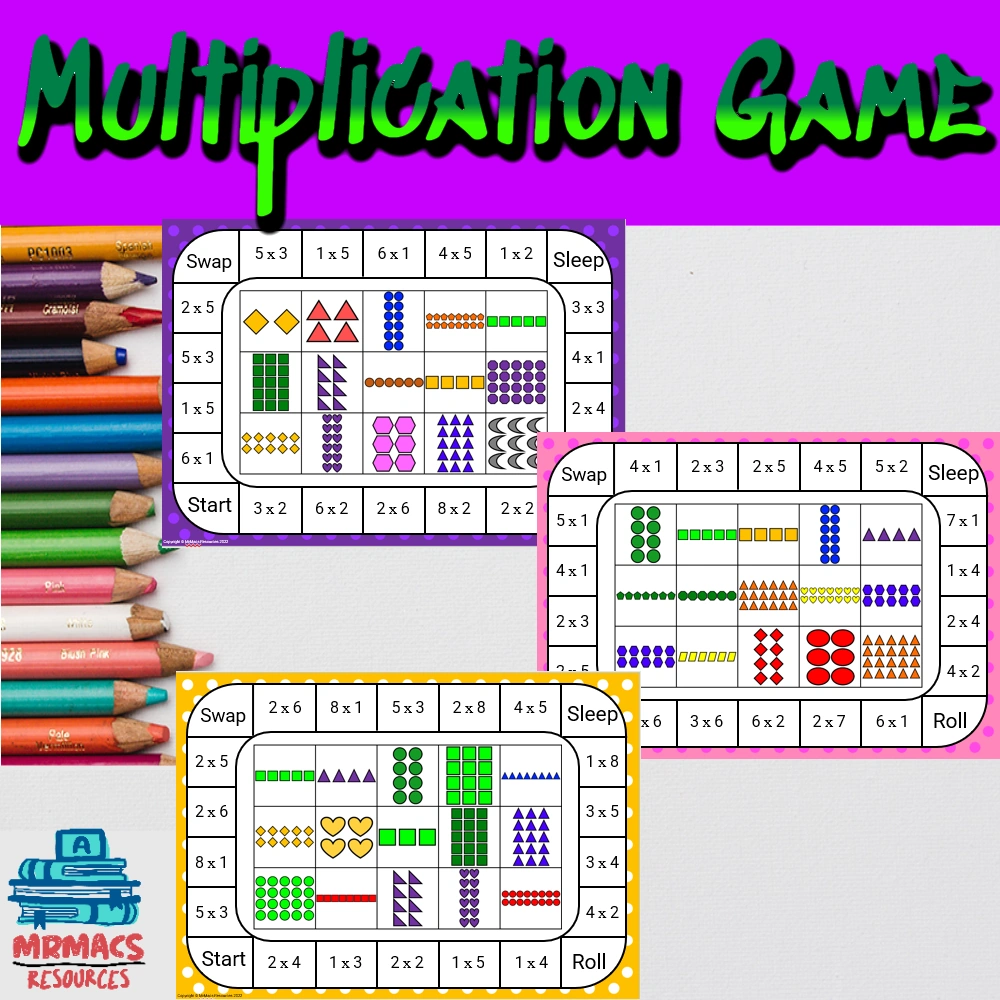
Creating high-quality engaging maths resources for Teachers Pay Teachers (TPT) is an excellent way to support educators while also generating income. As a teacher, you possess a deep understanding of what works in the classroom. This insight is invaluable when designing resources that resonate with both teachers and students. By focusing on materials that are not only educational but also engaging, you raise the odds of your resources becoming a staple in classrooms.
In the world of TPT, content is king, but presentation runs a close second. Your resource needs to stand out with clear, concise instructions and visually appealing designs that capture the attention of busy educators. You need to ensure that your worksheets, games, and lesson plans have been thoroughly proofread and that they reflect a consistent and professional quality.
Developing Effective Maths Resources to Sell on TPT
Engaging maths resources on TPT need to be well-crafted and educational. Your goal is to create high-quality engaging maths resources that are not only informative but also intriguing to students.
Identify Learning Objectives for Your Engaging Maths Resources
Firstly, it is a good idea to pinpoint the skills and knowledge you want students to acquire through your resource. This ensures your activities are focused and yield tangible educational outcomes and objectives.
These objectives serve as a roadmap for both instruction and for potential assessment opportunities, guiding the development of content and activities within the resource.
Effective learning objectives are SMART—specific, measurable, achievable, relevant, and time-bound. For example, a learning objective for a unit on geometry might read, “Students will be able to identify and classify different types of triangles based on side length and angle measurement with 85% accuracy on a written assessment.”
This objective is specific in its expectations, measurable through assessment, achievable with appropriate instruction, relevant to the curriculum, and can be evaluated within a specific time frame. By setting such targeted objectives, you can create maths resources that are purposeful and directly tied to student learning outcomes. This will ensure that every activity, lesson, and assessment is designed to meet these goals.
By clearly identifying learning objectives, you help ensure that your maths resources are set apart from your competition. This ensures teachers can easily see what student outcomes and objectives are being meet by your engaging maths resources.
Identifying Educational Gaps and Grade-Specific Needs
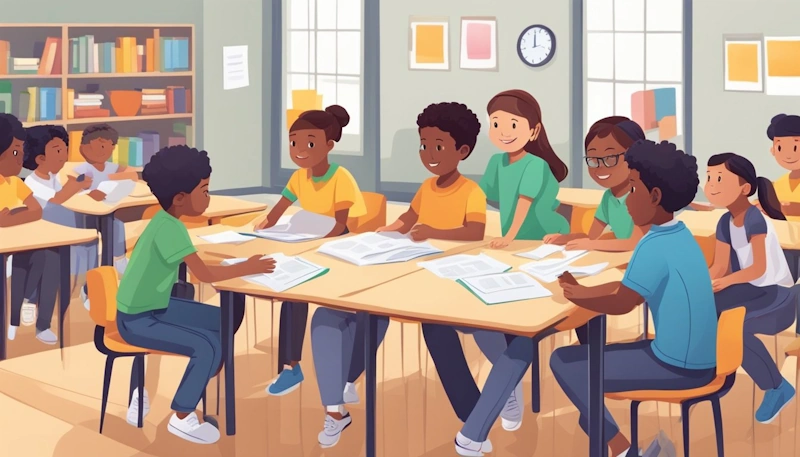
By recognising gaps in current available products on TPT and understanding the requirements for various grade levels, you can tailor your resources to meet those specific needs, setting your maths products apart.
If you are in the classroom then you have a great opportunity to find out what students need. To add, you could implement the following to find out what specific needs your products should focus on.
- Self-Reflection: Encourage your students to reflect on their own learning. Depending on their age they often recognise when they are struggling to understand specific concepts.
- Observations: Monitor student participation and performance during class activities to identify which students may need additional support. Record what they are struggling with and develop a learning plan that can assist them.
- Assessments: Knowledge gaps can be identified by means of review of test scores from you in class assessments.
- Student Work Analysis: Review and analyse students’ work, looking for patterns of errors or misunderstandings that could indicate a gap in knowledge or skills.
- Discussions with Students: Have conversations with students about their learning experiences and difficulties they may be facing.
- Parental Feedback: Engage with parents to gain insights into their child’s learning process and any challenges they observe at home.
Moreover, by using these methods, you can identify learning gaps and grade-specific needs, allowing you to create TPT resources that are based on research and not guess work. Moreover, use this knowledge to make your maths resources. Your resources will likely suit most teachers as they likely have students who also have the same learning gaps as students in your classroom.
Consider Diverse Learning Styles When Creating Engaging Maths Resources
Incorporate various methods such as games, teacher-prepared handouts/scaffolds, and interactive PowerPoints to cater to different learners. This way everyone can benefit from your TPT resources. Now this does not mean all your resources should include these things. However, the more value you provide your teacher customers the more likely your products will sell on TPT.
When creating engaging maths resources, it’s important to consider diverse learning styles to ensure that all students can engage with the material effectively. Here are some strategies to consider:
Visual Learners: Include diagrams, charts, and colourful pictures to aide visual learners grasp the learning goals more easily.
Kinaesthetic Learners: Develop products for your TPT store that incorporate hands-on activities, manipulatives, and interactive exercises. This allows kinesthetic learners to physically engage with the maths concepts.
Reading/Writing Learners: Some of your products might focus on working mathematically. In this case, why not make a series of bundled products that allow students to express their understanding of mathematical concepts through written responses.
Multimodal Approaches: If you really want a challenge, consider using a combination of visual, auditory (instructional videos), and kinaesthetic elements. This empowers your maths resources to be highly engaging and accessible to students with diverse learning styles. This in turn, will allow them to have multiple entry points to the resources you create.
Finally, by considering diverse learning styles and incorporating a variety of approaches into your engaging maths resources, you can create more inclusive learning products that will set your TPT resources apart from your competitors.
Conclusion
Hence, understanding the diverse needs of students in your classroom can give you an edge in the TPT marketplace. This will help you identify gaps where your resources can shine. Basing your products on real life experiences and the needs of students in your classroom, will help you develop TPT engaging maths resources that better appeal to your teacher customer base. Furthermore, your resources will more likely be discovered and appreciated by the TPT community you’re aiming to serve.
What ideas do you have for your next maths resource project?
About The Author

Hi! My name is Mr Mac. I am a K – 6 teacher. I love to create resources for teachers to make their teaching lives easier.
